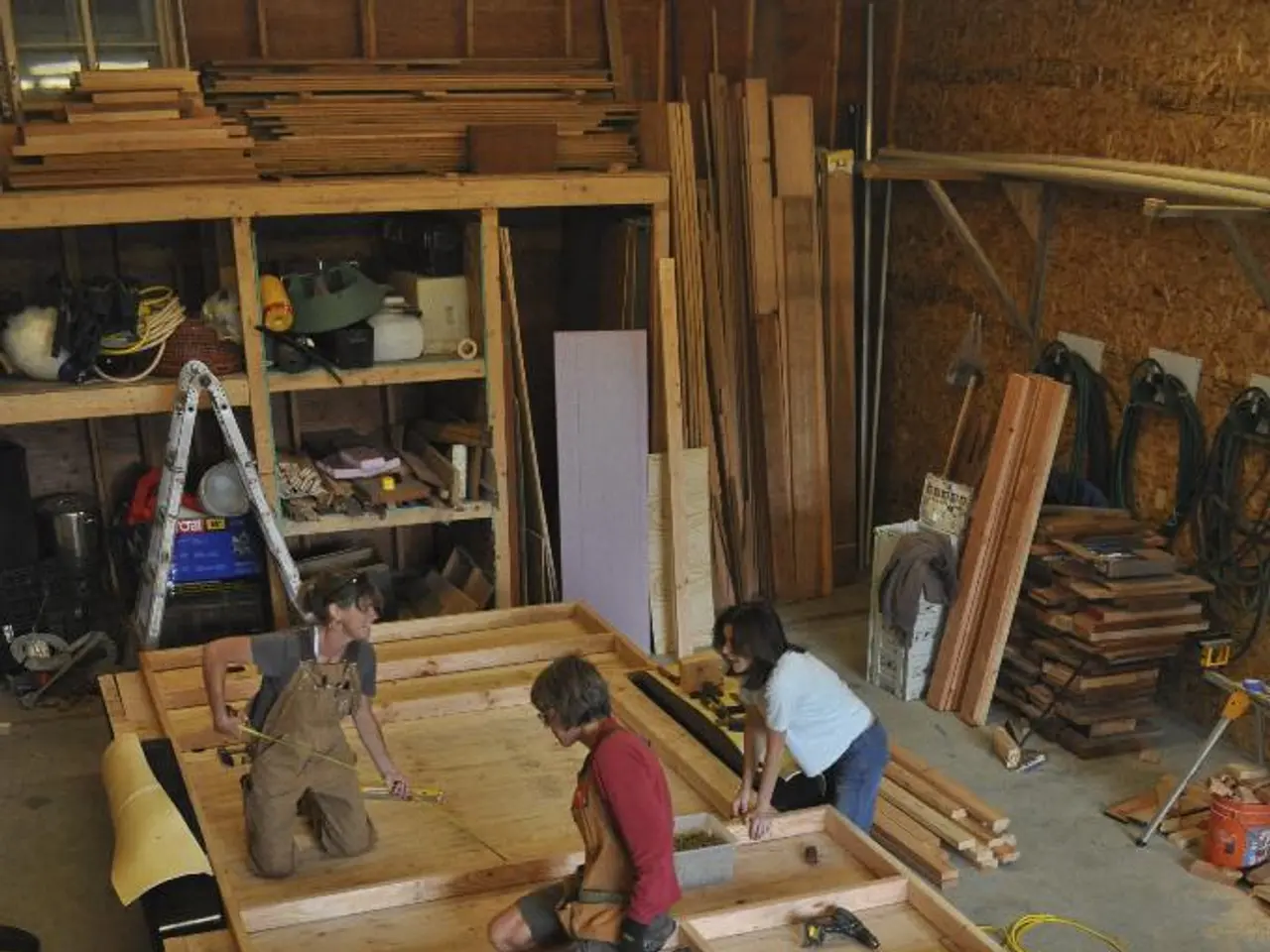Future Research and Product Evolution: Unveiling 2025 Trends
In the ever-evolving world of broadcasting, Appear is making strides in shaping the future with its long-term R&D and product development roadmap, spanning years, not quarters.
One of the key areas of focus is the integration of encryption, authentication, and observability deep into the data and control-planes, a necessity in today's security-conscious landscape.
On the hardware front, Appear is developing the X5 - a small-form-factor, half-rack encode/decode unit, optimised for four-channel remote-production sites. This innovative device, compact enough to be carried in a backpack, offers ultra-low-latency HEVC/JPEG-XS, integrated SRT, genlock, and BISS-CA decrypt.
Behind the scenes, Appear is integrating estate-wide orchestration and precise timing tools across X and VX, allowing operators to deploy, license, monitor, and time-align hundreds of devices from a single pane of glass.
Sustainable performance is a priority, with tightening power budgets and the need to keep pushing channel density per watt while providing credible lifecycle CO2 data. Location-agnostic remote and distributed production is being pursued, with high-density edge encoding (X-series) feeding software production back-ends (VX software platform).
Resiliency, supply-chain diversity, and security-by-design are being emphasised due to current global uncertainties. Key challenges in research and development and product development over the next years include high production costs of new materials, unclear regulatory frameworks, slow adaptation of building regulations, the need for specialized skills not widely available, complex and frequently changing legal conditions, and data protection regulations like GDPR that hamper progress.
Broadcasters are seeking best-of-breed micro-services for self-orchestration, a need answered by Appear's VX modular framework for transport protection, transcoding, and production tools. Compression efficiency (HEVC, JPEG-XS) and private-5G/LEO back-haul are key enablers for remote and distributed production.
New hardware modules, VX software development, and expansion of the UK development hub are ongoing as planned. A full future roadmap is being developed for the VX Media Gateway, including transcoding, color-space/frame-rate conversion, and AI-enabled monitoring running as containerized VX apps.
End-to-end timing and latency discipline is a key focus area, and security everywhere is becoming increasingly important as more Tier-1 live sport travels over public or semi-trusted IP. Flexible commercial models are being developed, marrying perpetual hardware with elastic VX licenses to allow customers to "pay for what they use" without sacrificing broadcast-grade reliability.
Industry efforts such as EBU's Media eXchange Layer (MXL) will enable and accelerate the shift towards software-centric live production. The first VX Media Gateway Phase 1 is being developed, delivering protected multi-gigabit transport with seamless switching and accelerated SRT in software.
Hybrid production at scale is expected to be a significant challenge in the coming years, and the industry lacks a universally adopted, workflow-wide timing architecture. Appear is committed to addressing these challenges and shaping the future of broadcasting.








